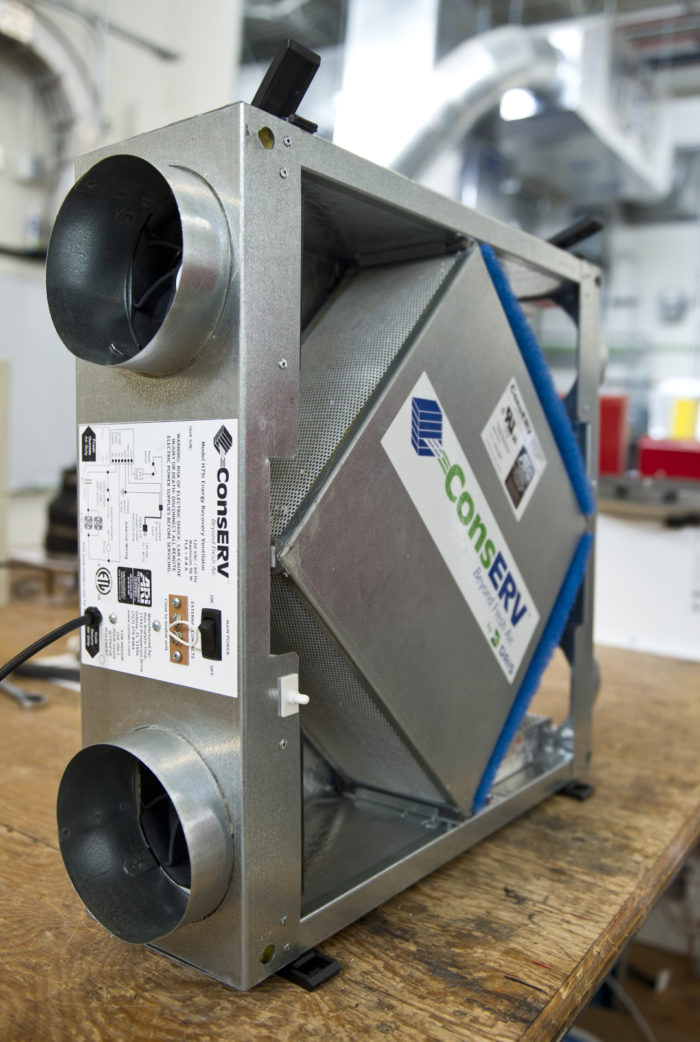Action Plan: What to Consider Before Choosing HRV
The All-Inclusive Guide to the Uses of Heat Recovery Ventilation in Modern Structures
Heat Recovery Ventilation (HRV) systems represent a significant improvement in building modern technology (HRV Heat Recovery Ventilation). They supply a method for trading stale interior air with fresh outdoor air while lessening energy loss. This technique not just boosts indoor air high quality however also adds to energy effectiveness in both domestic and business buildings. Recognizing the numerous applications and benefits of HRV can disclose its vital duty in modern design and sustainability initiatives. The ramifications of this modern technology are worth checking out further
Comprehending Heat Recovery Ventilation Equipments

Numerous contemporary buildings prioritize energy effectiveness, comprehending warmth recuperation ventilation (HRV) systems is crucial for maximizing indoor air quality and decreasing energy consumption. HRV systems work by moving warm from stagnant interior air to incoming fresh air, efficiently preserving comfy interior temperatures while decreasing energy loss. These systems contain a warm exchanger, followers, and ductwork that help with the blood circulation of air. During winter months, HRV units catch and recycle warmth from the outward bound air, while in summer, they can assist cool down incoming air. By constantly exchanging air, HRV systems also reduce moisture and the concentration of indoor pollutants. Correct installment and maintenance of HRV systems are essential for their effectiveness and efficiency in enhancing overall building performance and comfort.
Advantages of Heat Recovery Ventilation
Heat recovery ventilation systems supply numerous advantages that improve both power effectiveness and interior air high quality in modern buildings. By capturing and reusing power from exhaust air, these systems substantially minimize cooling and heating costs, leading to reduced energy usage. They preserve a consistent flow of fresh outdoor air, reducing the threat of indoor air toxins and irritants. This continuous exchange helps manage humidity levels, protecting against mold development and making certain a healthier living setting. Furthermore, HRV systems add to sustainability goals by decreasing total carbon footprints. Their ability to optimize air flow without compromising thermal comfort makes them a valuable enhancement to contemporary building style, advertising both financial and ecological benefits.
Applications of HRV in Residential Buildings
As property owners significantly focus on power efficiency and indoor air high quality, the applications of warm recuperation ventilation (HRV) systems in household buildings have actually come to be more common. HRV systems are specifically useful in tightly secured homes, where maintaining fresh air blood circulation is necessary for stopping wetness build-up and interior contaminants. They successfully move warmth from outbound stale air to incoming fresh air, lowering energy expenses connected with heating & cooling. Furthermore, HRVs can boost comfort levels by managing humidity and temperature. They are likewise versatile for various property designs, consisting of single-family homes and multi-unit structures. In general, integrating HRV systems sustains sustainable living methods while making certain a much healthier indoor atmosphere for passengers.
HRV in Business and Industrial Settings
In industrial and commercial setups, the execution of warm healing ventilation (HRV) systems has become progressively essential for maximizing power effectiveness and keeping air high quality. These systems effectively transfer warmth from exhaust air to inbound fresh air, lowering the need for this post extra home heating or cooling. This not only lowers energy costs but additionally adds to sustainability campaigns. Industries such as production, warehousing, and office buildings benefit considerably navigate to these guys from HRV systems, as they help manage temperature level and humidity degrees, making sure a comfy and efficient atmosphere. Furthermore, HRV systems help in getting rid of contaminants and excess wetness, boosting indoor air top quality. As laws around air top quality come to be more stringent, the adoption of HRV technology is most likely to expand, making it a critical element of modern commercial and commercial framework.
Future Trends in Heat Recovery Ventilation Modern Technology

Regularly Asked Questions
How Does Heat Recovery Ventilation Influence Indoor Air Quality?
Heat recovery ventilation substantially boosts interior air high quality by continually exchanging stale basics interior air with fresh outdoor air while recovering power. This procedure decreases toxins, preserves suitable humidity levels, and guarantees a much healthier atmosphere for owners.
Can HRV Solutions Be Installed in Existing Structures?
HRV systems can undoubtedly be mounted in existing buildings. Retrofitting may require adjustments to ductwork and ventilation formats, yet it considerably boosts power efficiency and interior air quality, making it a practical alternative for older structures.
What Maintenance Is Required for HRV Equipments?

Exist Details Climates Where HRV Is Much More Efficient?
Heat recovery ventilation systems are particularly efficient in climates with considerable temperature distinctions in between seasons. These systems maximize power effectiveness by recuperating heat from exhaust air, making them ideal for both cold and moderately cozy settings.
Just How Do HRV Equipments Affect Power Bills?
